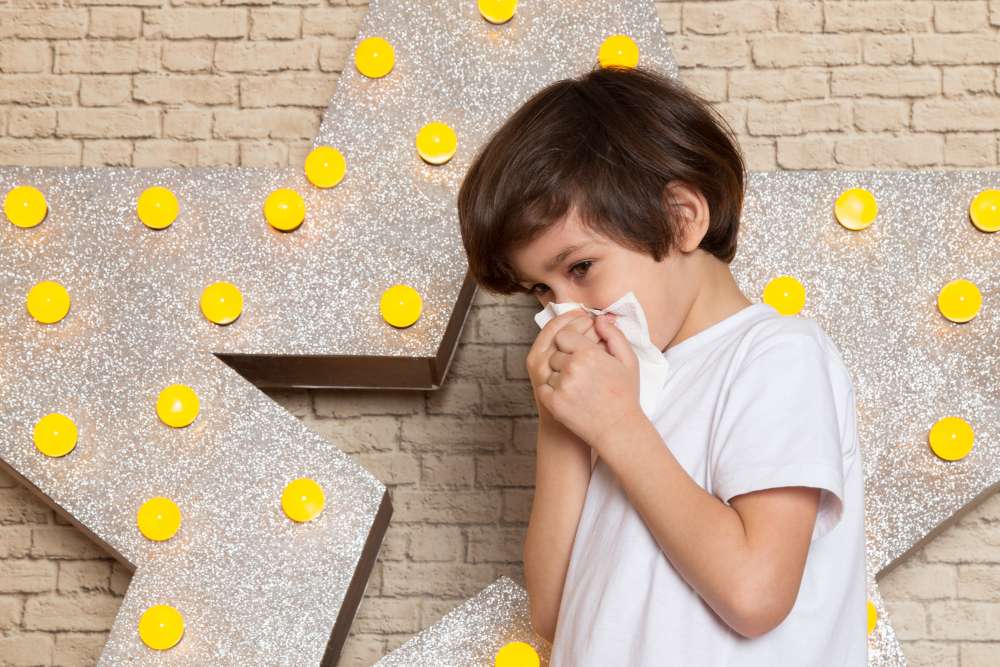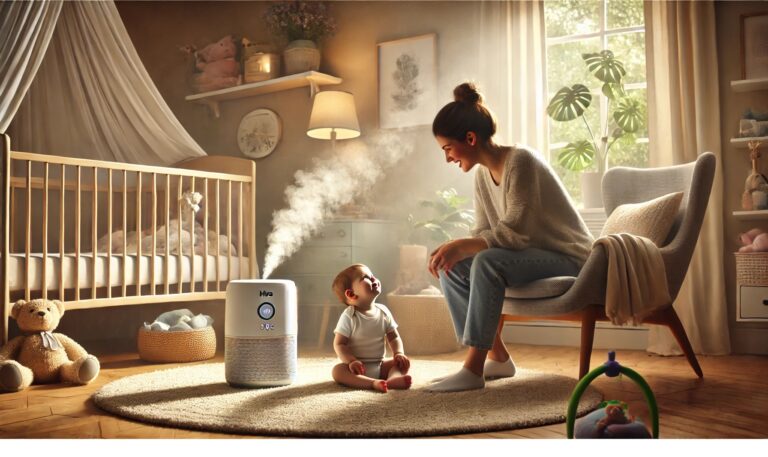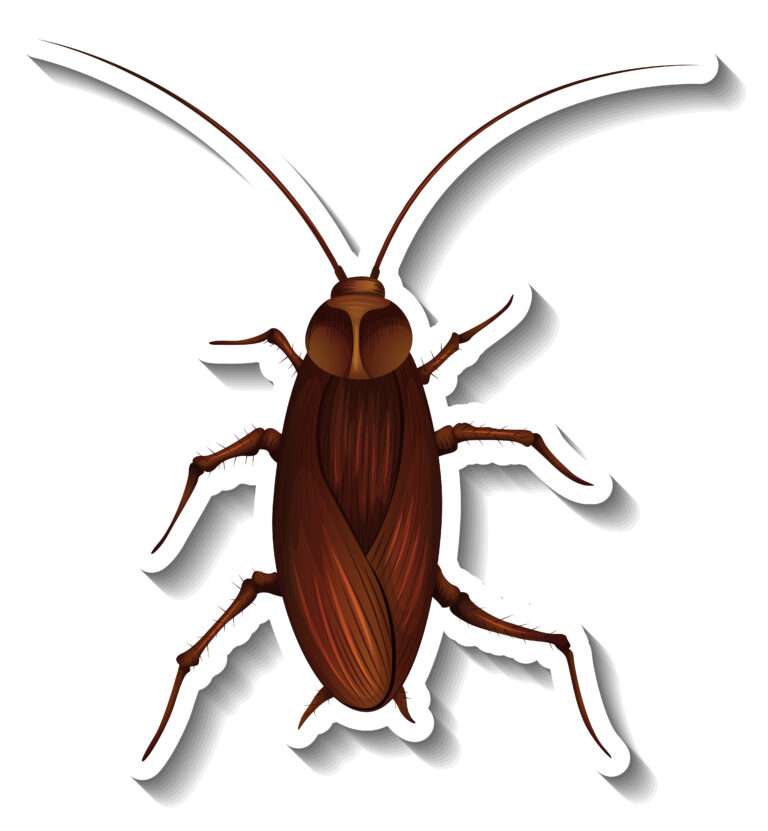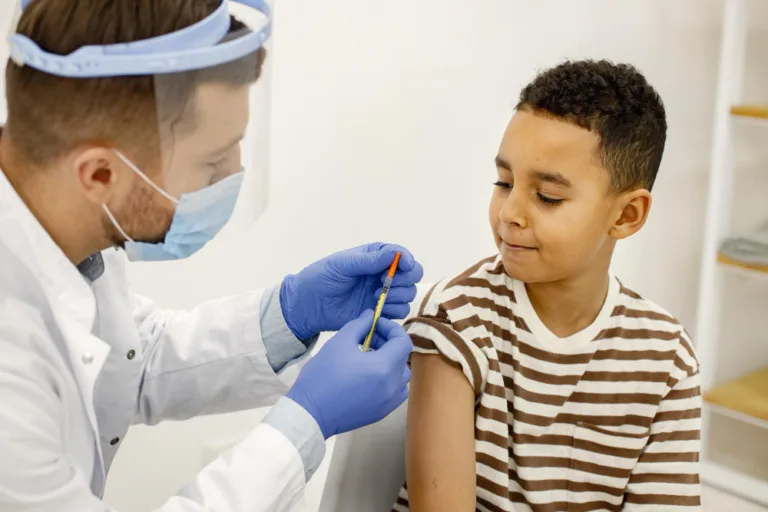Allergies to indoor irritants
Allergies to indoor irritants are quite common and can result in a variety of symptoms, often mimicking those of a cold or the flu. These irritants can include dust mites, pet dander, mold, pollen (which can be carried indoors), and even certain chemicals found in household products.
Common Indoor Allergens and Their Sources:
- Dust Mites: These microscopic creatures thrive in soft furnishings, bedding, carpets, and similar environments. Their feces and decaying bodies are potent allergens.
- Pet Dander: Allergens from cats, dogs, and other furry or feathered pets are not just from their hair but also from skin flakes, urine, and saliva.
- Mold: Damp areas, such as bathrooms, basements, and kitchens, can be breeding grounds for mold spores.
- Pollen: Though it’s an outdoor allergen, pollen can be carried indoors through windows, doors, and on clothing and pets.
- Cockroaches: In some areas, proteins from cockroach droppings and decaying bodies can be potent allergens.
- Household Products: Cleaning agents, perfumes, paints, and other household products can contain chemicals that irritate the skin, eyes, nose, and throat, even if they aren’t technically allergens.
Symptoms: Common allergic reactions to indoor irritants include:
- Sneezing
- Runny or stuffy nose
- Itchy or watery eyes
- Skin rashes or hives
- Coughing, wheezing, or shortness of breath (in those with asthma)
- Fatigue
- Headaches
Diagnosis:
- An allergist can conduct skin prick tests or blood tests to determine sensitivities to specific allergens.
- Detailed history taking can often help pinpoint the likely allergens based on symptom patterns and exposures.
Management and Treatment:
- Allergen Reduction:
- Use allergen-proof bed covers to limit exposure to dust mites.
- Regularly wash bedding in hot water.
- Use high-efficiency particulate air (HEPA) filters in vacuum cleaners.
- Keep humidity levels low (below 50%) to deter mold and dust mites.
- Regularly clean and vacuum to reduce pet dander and other allergens.
- For mold issues, fix leaks and improve ventilation.
- Medications:
- Antihistamines can reduce sneezing, runny nose, and itchiness.
- Nasal corticosteroids can reduce inflammation in the nose.
- Decongestants can provide temporary relief from nasal stuffiness.
- Leukotriene receptor antagonists can block the action of certain immune system chemicals.
- Allergen Immunotherapy: Allergy shots (immunotherapy) can be an effective treatment for certain allergies.
- Asthma Medications: For those with asthma triggered by indoor allergens, inhaled corticosteroids or other asthma medications might be prescribed.
Conclusion: While it’s challenging to completely eliminate exposure to indoor allergens, a combination of environmental controls and appropriate medical treatments can significantly reduce symptoms and improve quality of life for those with allergies to indoor irritants. If you suspect you have an allergy, consult with an allergist to get a proper diagnosis and treatment plan.
------------From our Sponsors------------









